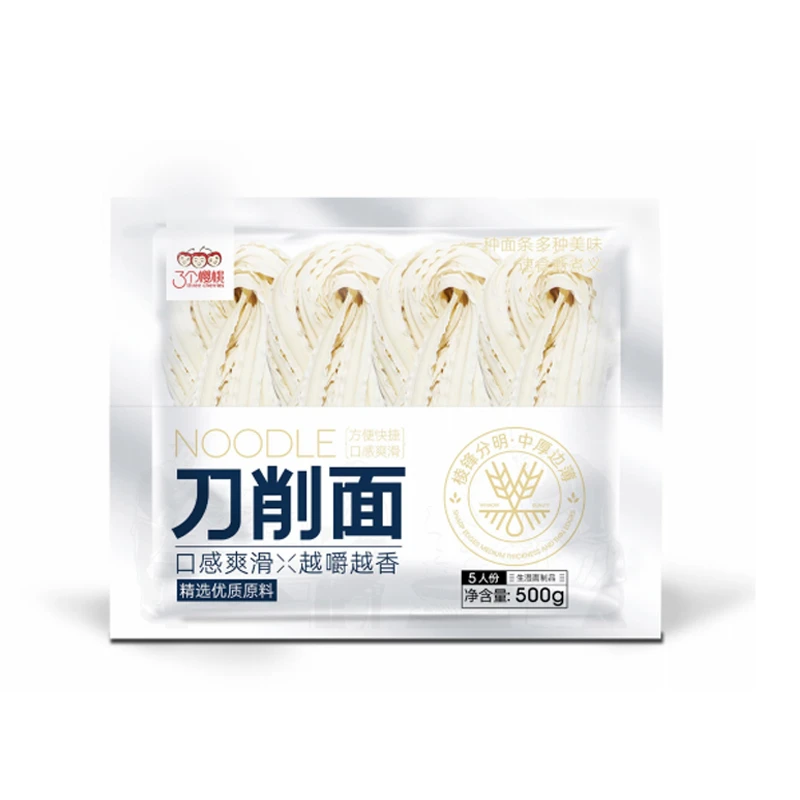Is Cold Soba a Nutritious Choice for Your Diet?
Is Cold Soba Healthy?
Soba noodles, made from buckwheat flour, have become increasingly popular not only in Japan but also around the world. One of the most common ways to enjoy soba is in its cold form, where the noodles are served chilled with a variety of dipping sauces and accompaniments. As more people become health-conscious and seek nutritious meal options, it’s natural to wonder Is cold soba healthy?
Firstly, let’s examine the nutritional profile of buckwheat. Buckwheat is a whole grain that is gluten-free, making it an excellent choice for individuals with gluten intolerance or celiac disease. It is high in fiber, which aids in digestion and can help maintain a feeling of fullness, potentially supporting weight management. In addition to fiber, buckwheat is rich in essential nutrients, including protein, iron, manganese, and magnesium. Unlike many other grains, buckwheat offers a high-quality protein that contains all nine essential amino acids, making it a great option for vegetarians and vegans seeking plant-based protein sources.
Is Cold Soba Healthy?
Another health aspect to consider when discussing cold soba is its low glycemic index (GI). Foods with a low GI are digested more slowly, leading to gradual increases in blood sugar levels rather than spikes. This property makes cold soba a suitable choice for individuals with diabetes or those looking to stabilize their blood sugar levels.
is cold soba healthy

However, it’s important to be mindful of portion sizes and the ingredients used with cold soba. While the noodles themselves are healthy, the dipping sauce—especially store-bought versions—can be high in sodium and sugar. Preparing your own sauce at home allows you to control the ingredients and make modifications to reduce unhealthy additives. For instance, using low-sodium soy sauce and adding natural sweeteners like agave or honey can create a more health-friendly dipping sauce.
Cold soba can also serve as a versatile base for a balanced meal. One popular variation is soba salad, where cold soba is tossed with a variety of vegetables, proteins, and a light dressing. Adding ingredients like grilled chicken, shrimp, or tofu can enhance the protein content while incorporating colorful vegetables can boost the nutritional value.
For those concerned about calories, keep in mind that cold soba can be relatively low in calories when prepared mindfully, especially compared to heavier pasta dishes. The addition of pure vegetables and lean proteins can help create a satisfying meal without excess calories, aiding those looking to maintain or lose weight.
In conclusion, cold soba can be a healthy part of your diet when prepared with attention to ingredients and portion sizes. Its whole grain nature, coupled with the potential for diverse, nutritious toppings makes it a versatile and healthful option. Whether you enjoy cold soba as a light lunch, an appetizer, or a side dish, it offers numerous nutritional benefits that align with a healthy lifestyle. So next time you're considering a meal option, remember that cold soba could indeed be a delicious and nourishing choice.
-
Unleash Your Inner Chef with Delectable Italian Pasta CreationsNewsAug.01,2025
-
Savor Health and Flavor: Irresistible Soba Noodles for Sale Await!NewsAug.01,2025
-
Nourish Your Body with Premium Organic Ramen - A Culinary Delight AwaitsNewsAug.01,2025
-
Elevate Your Dishes with Our Exquisite Kinds of Egg NoodlesNewsAug.01,2025
-
Dive into Flavorful Convenience with Our Ramen OfferingsNewsAug.01,2025
-
Discover Exquisite Types of Naengmyeon and Chilled Soba NoodlesNewsAug.01,2025
-
Is Whole Wheat Pasta Healthy?NewsMay.30,2025
Browse qua the following product new the we

















































































































